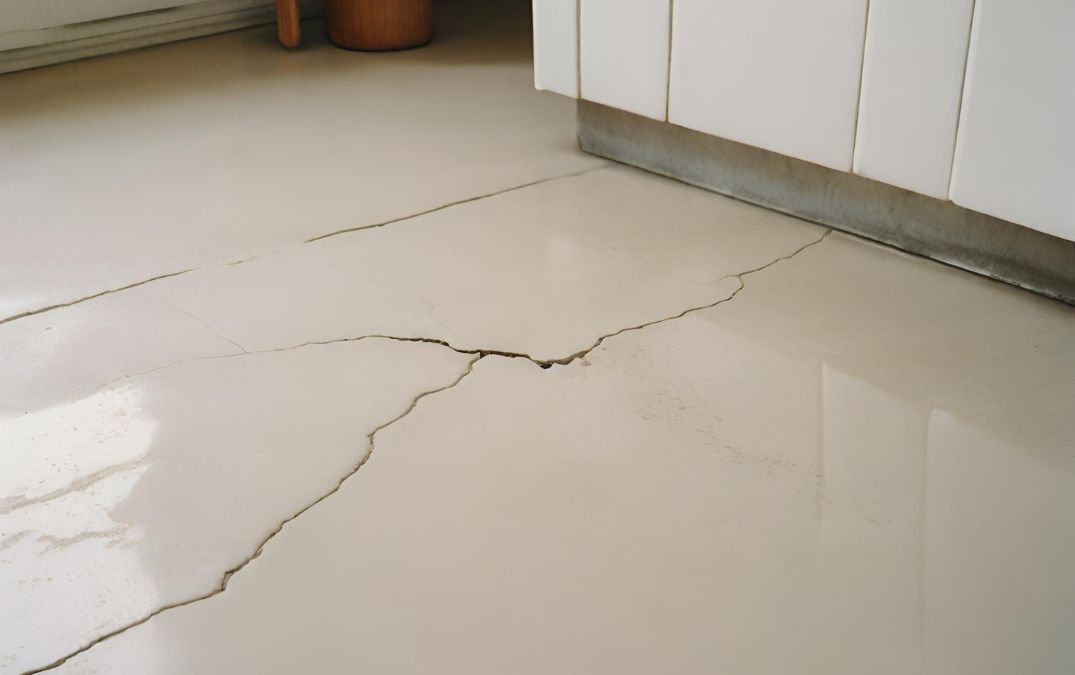Impact of Cracks on Polished Concrete Flooring
When you've invested in a polished concrete floor, the last thing you want to see is a crack. It's not just about aesthetics; cracks can hint at deeper issues.
Imagine walking into a room with a beautifully reflective polished floor, and then your eye catches a crack. It immediately draws attention and can make the entire floor seem flawed. Beyond the visual aspect, cracks can be a haven for dirt and moisture. Over time, this can make cleaning more challenging, and the accumulated moisture might even lead to further damage.
But it's not just about looks. Some cracks, especially the deeper ones, can signal structural problems. If left unchecked, these can grow and compromise the floor's integrity. And let's not forget the safety aspect. Larger cracks can be tripping hazards, especially in areas with high foot traffic.


